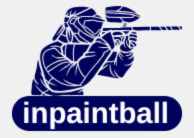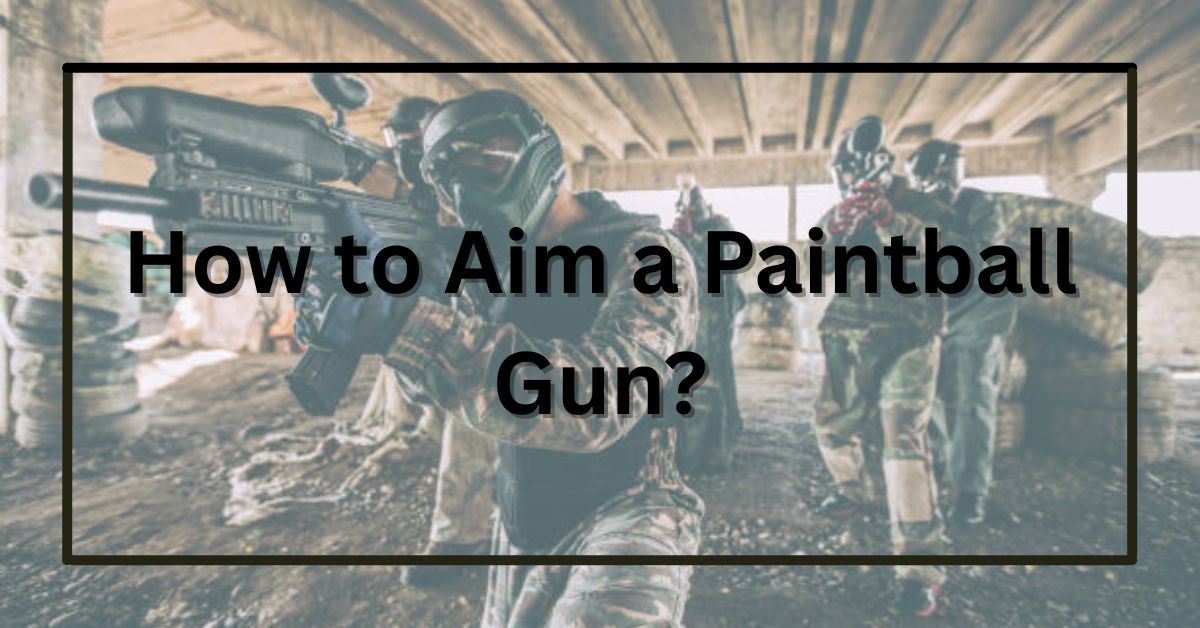Aiming a paintball gun isn’t as simple as pointing and shooting. Paintballs don’t fly in a perfectly straight line like bullets—they curve, slow down, and vary depending on distance and wind. This makes accuracy one of the most important skills for any player, especially beginners.
Today in this guide, you’ll learn practical techniques to improve your aim, from stance and grip to trigger control and advanced drills.
Understanding the Basics of a Paintball Gun
Before being proficient in accuracy, you must comprehend how your paintball marker operates.
In contrast to weapons, paintball guns use CO₂, or pressurized air, to propel the ball, which alters trajectory and speed.
Your shot may also be affected by the air pressure, paintball weight, and paintball quality. Always use spherical, high-quality paintballs to prevent erratic shots.
Proper Stance and Grip
Your body position directly affects accuracy. To aim a paintball gun correctly:
- Stand with your feet shoulder-width apart for balance.
- Keep your knees slightly bent.
- Hold the marker firmly but not too tight.
- Bring the stock or tank close to your shoulder for stability.
The more stable your stance, the steadier your aim will be—even when moving.
Using the Sights and Barrel
Most paintball markers don’t have traditional gun sights, so you’ll need to rely on the barrel for alignment.
Focus on where the barrel is pointing rather than trying to line up the iron sights. With practice, your eyes and hands will naturally sync to aim faster and more accurately.
Adjusting for Distance and Arc
One of the biggest differences in aiming a paintball gun is accounting for the paintball’s curve. Since paintballs lose speed quickly, they follow an arched trajectory. To hit a distant target:
- Aim slightly above your target.
- The farther the target, the higher you’ll need to aim.
- Practice estimating distance so you know how much arc to use.
Timing and Trigger Control
Even with perfect aim, sloppy trigger control will ruin your shot. To stay accurate:
- Squeeze the trigger smoothly instead of jerking it.
- Use controlled bursts rather than spraying.
- Stay calm under pressure and avoid overshooting.
Good trigger discipline will improve your accuracy and conserve paintballs.
Practicing Aim Through Drills
The best way to sharpen your aim is through consistent practice. Some drills include:
- Static target practice: Place cans or paper targets at different distances and practice hitting them.
- Snap shooting: Quickly peek out from cover, fire, and return.
- Moving target drills: Have a partner walk across the field while you aim and shoot.
Consistency builds muscle memory, which makes aiming more natural during fast-paced games.
Common Mistakes to Avoid
Many beginners make avoidable mistakes, such as:
- Over-aiming and hesitating instead of taking the shot.
- Shooting too many paintballs without adjusting aim.
- Ignoring cover, leaving themselves exposed while focusing only on aiming.
Avoid these mistakes to become a more effective and strategic player.
Pro Tips for Advanced Players
Once you’ve mastered the basics, try these advanced techniques:
- Snap-shooting: Quickly pop out of cover, fire one or two shots, then hide again.
- Aiming while moving: Stay low and steady to keep your aim consistent on the move.
- Reading opponents: Anticipate where they’ll move and shoot slightly ahead of them.
These tactics give you a competitive edge against more experienced players.
Conclusion:
Learning how to aim a paintball gun takes time, patience, and practice. By perfecting your stance, grip, trigger control, and arc adjustments, you’ll hit your targets more consistently and conserve paint.
The key is to practice regularly and apply these techniques in real game scenarios. With skill and strategy combined, you’ll dominate the field with precision.

